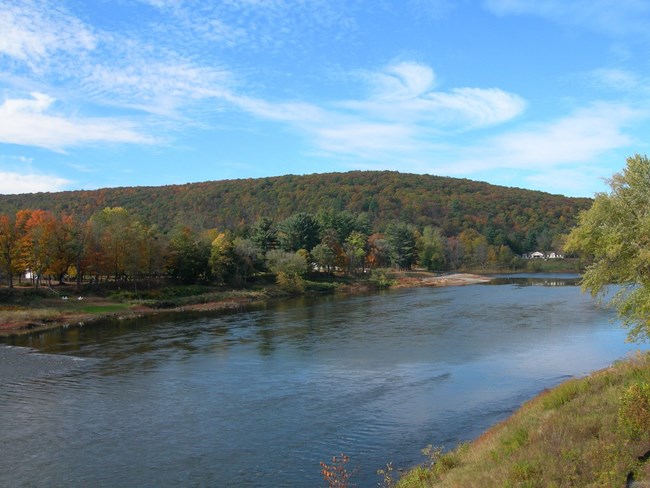
NPS Within Upper Delaware Scenic and Recreational River, park managers set priorities and submit projects to accomplish the goals and action described in the River Management Plan, guiding both the park's partnership activities and its more traditional park operations. They also prioritize and perform the planning studies identified in the park's Foundation Document. Upper Delaware applies annually for project funds from Congress, competing with all other national parks for these funds.
The park's five year strategic plan expresses what the park would like to accomplish within its operating budget over the next five years. It was developed with input from all park staff and key partners.
Various divisions within the park also participate in their own specific planning processes. For example, the Interpretive Division develops a Long Range Interpretive Plan to guide its program.
Some decisions require environmental and/or historic compliance and public involvement. Projects currently open for public review at the Upper Delaware Scenic and Recreational River can be found on the National Park Service Planning, Environmental, and Public Comment (PEPC) website.
Here are some resources that pertain to the River Management Plan and its implementation, as well as other plans and guidance documents that inform the park's management decisions:
Foundation Document and Values
Land Management and Water Use Planning
Additional Resources |
Last updated: September 18, 2025
